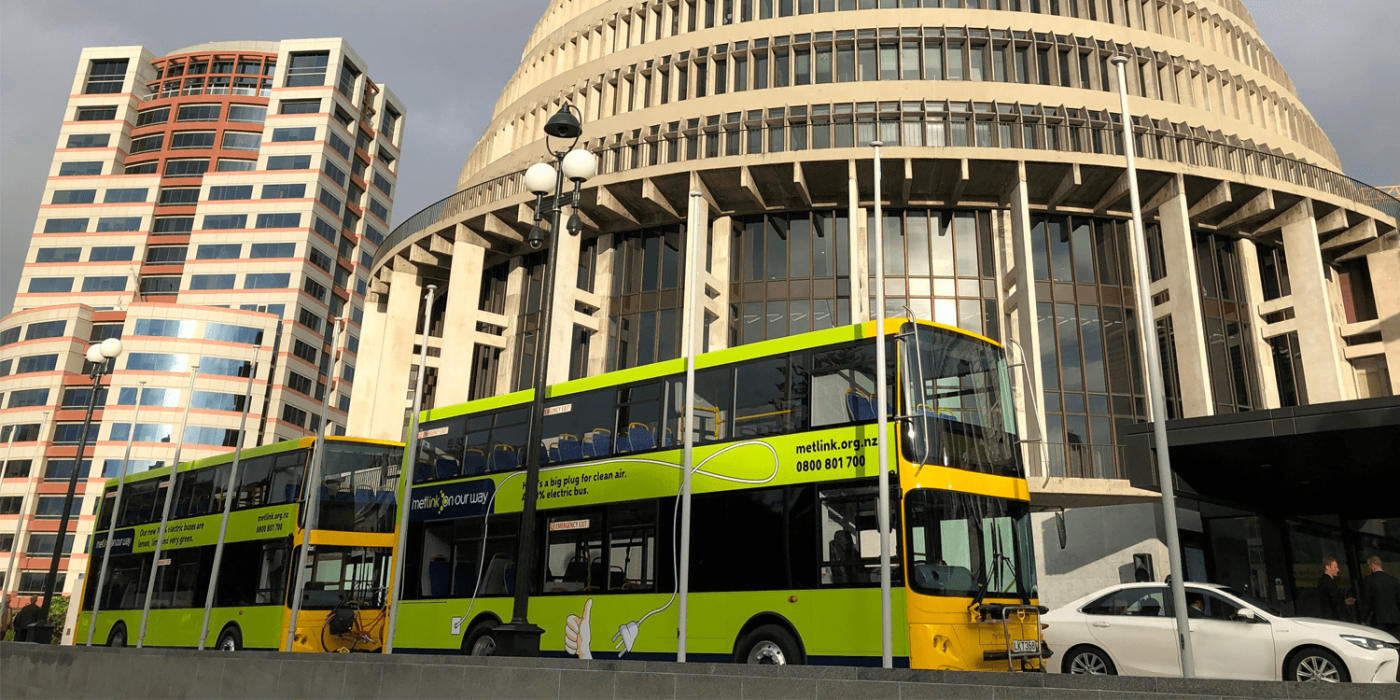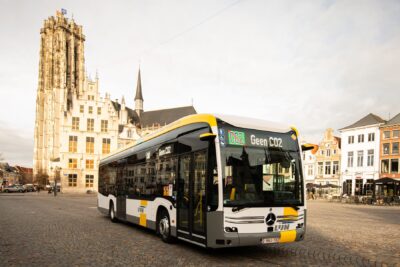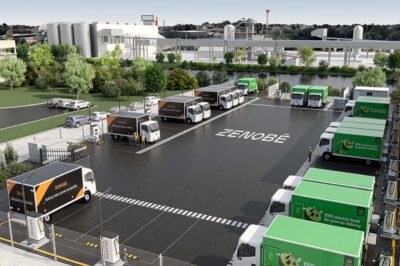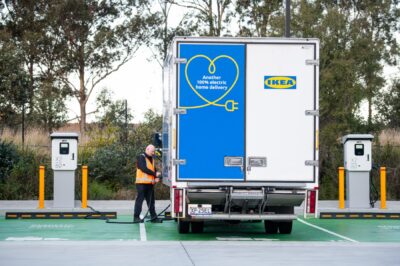Electrification efforts in New Zealand & Australia
New Zealand’s Government around Prime Minister Jacinda Ardern has declared a climate emergency, vowing to introduce measures accordingly, such as the electrification of transport, first in the governmental fleet. Australia is also looking at electrification.
++ The article has been updated, please scroll down for the latest information. ++
Prime Minister Ardern said this was a “declaration based on science” when announcing the climate emergency earlier this week in the House. “We must act with urgency,” she told MPs in New Zealand before challenging them to be on the “right side of history”.
The Government will require all its agencies and ministries to buy electric vehicles only, operating to make the entire public sector carbon neutral within the next five years. The Government currently has nearly 16,000 vehicles in the fleet, according to local media.
New Zealand’s electrification also includes public transport as the country wants to decarbonise entirely by 2035, at the latest. Bus fleet operators have begun to follow suit. New Zealand manufacturer Kiwi Bus Builders recently assumed assembly of ADL electric buses, which had until now taken place overseas. The first buses have arrived on Waiheke Island, which belongs to Auckland.
Another large order just got in this week, this time from Wellington. On Thursday, the Greater Wellington Regional Council declared it would not consider bids from any bus company running diesel vehicles when the current contracts expire in 2027. The announcement came one day after the central Government declared said climate emergency. It is also more ambitious than previous schedules to decarbonise and would mean a total of 665 electric buses running across New Zealand’s capital region in seven years. A recent order through service provider Metlink will see 98 new e-buses arrive in Wellington between mid-2021 and early 2023.
Over to Australia
We also see similar initiatives in Australia. New South Wales Minister for Transport, Andrew Constance, has fast-forwarded the state’s bus fleet’s transition to electric to 2030. The NSW Government owns 8,000 buses.
https://twitter.com/AndrewConstance/status/1333911880994263044
However, NSW is far behind electrification. Reaching the target will require a replacement rate of 1,000 buses a year from 2022. Constance, too mentioned climate change as the reason for the challenge, starting in the state’s capital Sydney.
The city’s public transport operator Transit Systems has ordered the first 31 units of 50 electric buses scheduled to come to Sydney. Nexport BYD and Gemilang Australia signed as suppliers, with deliveries expected to start in spring 2021. The Volgren bus is being assembled in Victoria using a chassis made by Nexport BYD overseas in the current order. So Gemilang delivers the body with the technology coming from BYD, a tactic the Chinese manufacturer also uses with ADL in Britain and Kiwi Bus Builders, as mentioned above.
Simultaneously, in Australia, manufacturing is still in Chinese hands, with more orders already in the books from a range of manufacturers, including BCI, Yutong, Nexport BYD Gemilang and Nexport BYD Volgren. However, NSW’s Deputy Secretary of Greater Sydney Elizabeth Mildwater said local manufacturers such as Bustech and Custom Buses would be considered for further orders. Mildwater also noted that both of those manufacturers buses are still in testing and that Nexport is considering opening a local plant as reported.
Update 21 February 2021: The above reliance on China may soon change, at least in New South Wales, where the government made the Australian bus manufacturer BusTech Group an official supplier in their efforts to decarbonise the bus fleet. NSW wants to buy 120 electric buses in 2021 and ultimately plan to convert all 8,000 buses in its fleet by 2030.
BusTech reacted promptly and said it would set up a factory in NSW with production to commence this year. The company also builds electric buses at factories in South Australia, Queensland and Tasmania.
Company spokesperson Maria Fedele said only the battery was made overseas by US firm Proterra and had 420kwh of useable energy. Almost everything else is sourced locally, she said.
While BusTech also builds hybrid and conventionally powered buses, the NSW facility will focus solely on electric buses.
Update 12 May 2021: Meanwhile, the plans for government vehicles in New Zealand are becoming more concrete. The government of New Zealand is providing 13.1 million US dollars for the procurement of a total of 422 new electric vehicles including charging infrastructure for government agencies. The government has not yet revealed which models will be procured.
“Today’s announcement is a significant step towards our goal of carbon neutrality in the public sector within five years,” says Climate Change Minister James Shaw. “Introducing 422 electric vehicles to the state sector fleet will reduce carbon emissions by around 11,600 tonnes over the next ten years.” The Minister pointed out that the conversion of Government fleets also means more demand for electric vehicles and that these will eventually come into the second-hand market, making electric vehicles more accessible.
nzherald.co.nz, beehive.govt.nz (climate emergency, NZ), stuff.co.nz (Wellington), pv-magazine-australia.com (NSW), sustainable-bus.com, thedriven.io (both NSW-BusTech update), scoop.co.nz (NZ update)





0 Comments